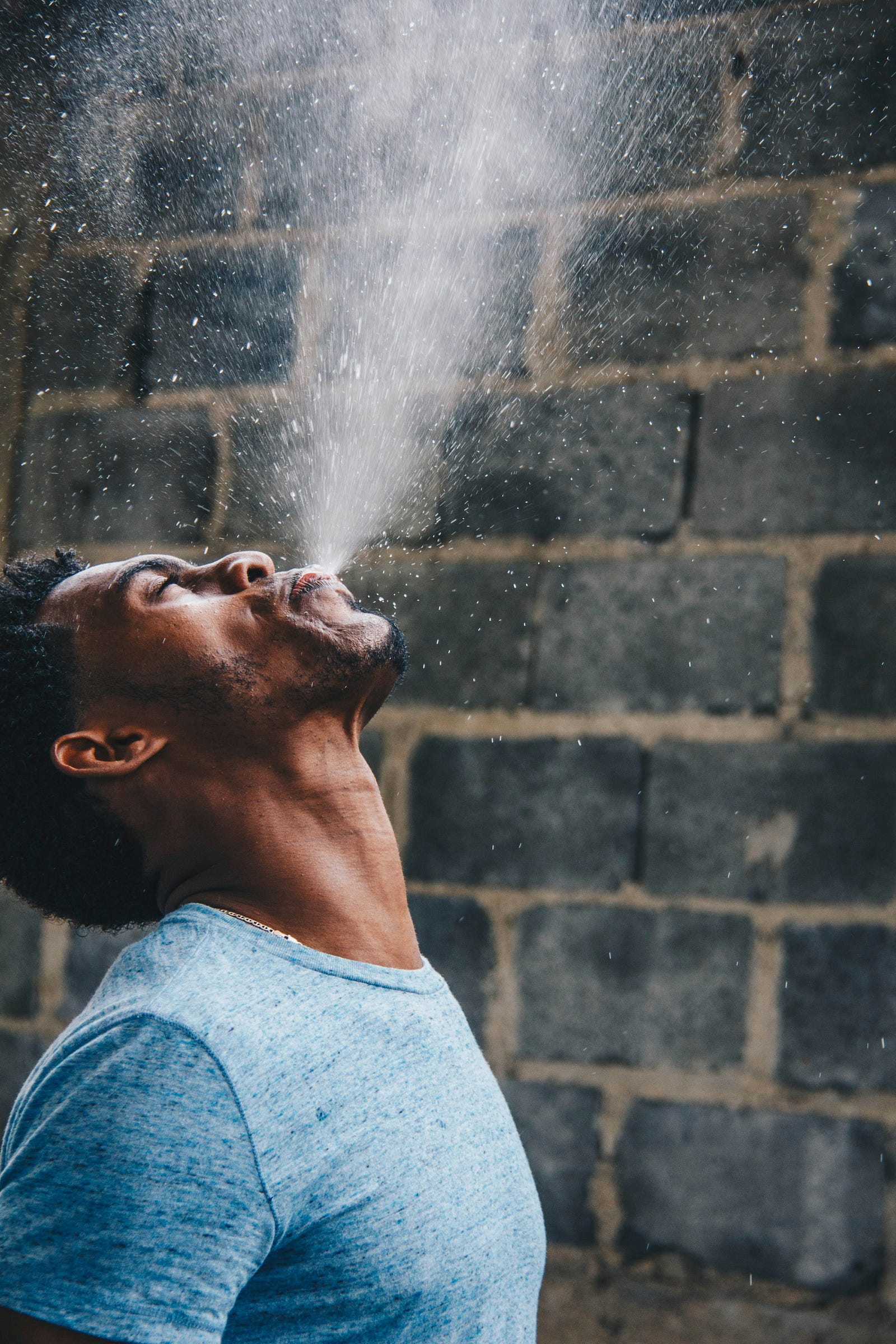A mouthwash to detect cancer?
I am a radiation oncologist who sometimes helps manage oral cancer.
Surveillance after treatment typically includes imaging and physical exam.
But imagine a world in which a mouthwash-based biomarker test could catch local recurrences.
A new non-randomized trial suggests the promise of such a follow-up tool.
I’ll briefly review some basics of oral cancer before turning to the biomarker-based breakthrough.
Oral Cavity Basics
The oral cavity includes the lips, front two-thirds of the tongue, teeth, palate, tonsils, floor of mouth, and lip and cheek lining.
Risk factors include tobacco, alcohol, male sex, and exposure to light (for lip cancer) over long periods.

Here are the numbers from the U.S. National Cancer Center:
- The rate of new cases and deaths per 100,000 people. The rate of oral and pharynx cancers was 11.5 per 100,000 people per year in the U.S., and the death rate was 2.6 per 100,000 per year. These rates are age-adjusted based on 2017–2021 cases and 2018–2022 deaths.
- Lifetime risk. About 1.2 percent of men and women will develop oral cavity or pharynx (throat) cancer at some point in their lifetime.
- Prevalence. In 2021, an estimated 434,915 people were living with oral cavity and pharynx cancer in the United States.
Oral cavity cancer cases have been rising about one percent each year (2012 to 2021).
The age-adjusted death rates have been going up by 0.7 percent annually (2013 to 2023).
Biomarkers in Saliva
A multi-institutional group of scientists analyzed the ability of two salivary biomarkers — total protein and CD44 — to monitor for head and neck cancer recurrence.
They gathered saliva samples through an oral rinse given to 172 patients with newly diagnosed-, untreated oral cavity (and oropharyngeal — base of the tongue, tonsil, back of the throat) cancer.
The test is remarkably simple.
It uses only five cc of salt water, which a patient rinses in their mouth for five seconds, gargles for five seconds, and spits into a cup.
A laboratory evaluates the specimen.

The researchers collected oral rinse samples at baseline and 3, 6, 12, and 18 months after treatment, ensuring a comprehensive understanding of the biomarkers’ behavior over time.
They followed the subjects for three years.
Results – A Mouthwash to Detect Cancer?
After adjusting for potential confounding variables, the researchers found this:
There were associations between recurrence risk and higher CD44 and total protein levels.
Those with elevated CD44 had a small 1.13 times increase in local relapse risk, but individuals with elevated total protein had a 3.51 times higher chance of recurrence.
My Take – A Mouthwash to Detect Cancer?
First, I want to offer some context.
Most patients have surgery as a part of treatment for oral cavity cancer.
Their anatomy becomes distorted (we often see redness, scarring, or anatomic distortion), making it more challenging to detect a local recurrence.
The authors note that scientists have been working on mouthwash tests for decades.

The study’s findings on using mouthwash-based biomarker tests for monitoring head and neck cancer recurrence have significant implications for managing oral cavity cancer.
The detection of elevated CD44 and total protein levels in saliva was associated with increased local relapse risk, highlighting the potential of these biomarkers as indicators for early detection of recurrences.
If implemented into clinical practice, this non-invasive and simple testing method could revolutionize post-treatment surveillance, allowing for more timely interventions and improved patient outcomes in oral cavity cancer management.
I look forward to this approach moving into our cancer management armamentarium.
Thank you for reading “A Mouthwash to Detect Cancer?”




